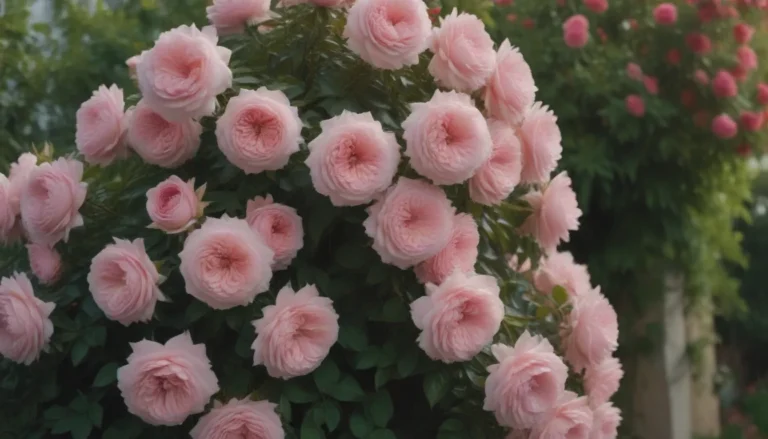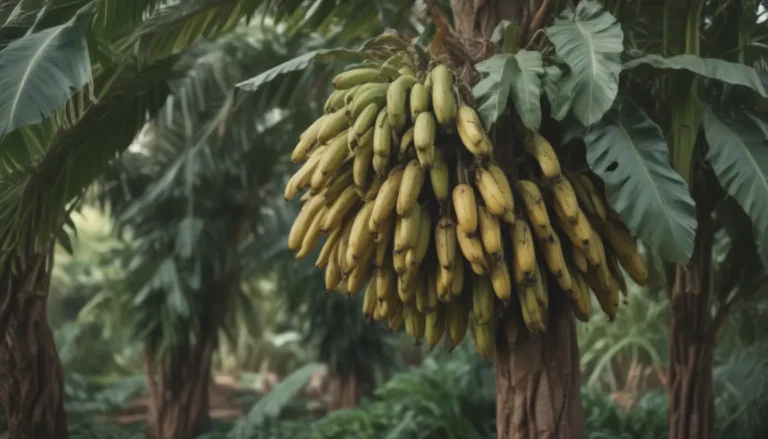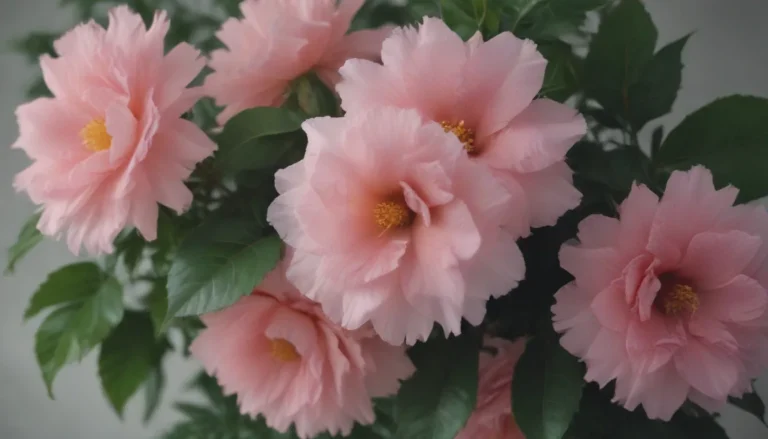A Comprehensive Guide to Growing and Caring for Date Palm Trees

Have you ever admired the stately presence of a date palm tree and wanted to grow one in your own garden or indoor space? Well, you’re in luck because date palm trees, with their striking appearance and delicious fruits, are a wonderful addition to any landscape. In this comprehensive guide, we will take you through everything you need to know about growing and caring for date palm trees.
Planting Date Palms
When to Plant
Whether you are starting from seed or transplanting a tree, early spring or fall are the best times to plant date palms. Choose a day with calm weather to prevent damage to the tree during transportation.
Selecting a Planting Site
When selecting a planting site, ensure there is ample space for the tree to reach its full size. Date palms thrive in sunny locations with well-draining soil. Avoid planting near other plants that may shade the young palm as it grows.
Spacing, Depth, and Support
Dig a hole that is twice as wide and slightly deeper than the root ball of the palm. Consider the mature palm’s spread when positioning it near other plants and structures. While a support structure may not be necessary, protecting a young palm from strong winds until its roots establish can be beneficial.
Date Palm Tree Care
Light
Date palms love sunshine and thrive in full sun, receiving at least six hours of direct sunlight daily. While they can tolerate light shade, full sun is ideal for their growth.
Soil
Well-draining soil is crucial for date palms. They do well in sandy or loamy soils and prefer a slightly acidic to alkaline soil pH. These palms are also salt tolerant.
Water
Date palms are drought-tolerant once established but require more water during flowering and fruiting seasons. Ensure even moisture during these periods to promote a healthy crop. Prevent the soil from drying out completely or becoming waterlogged.
Temperature and Humidity
Date palms prefer hot, dry, and sunny conditions. Pollination occurs best at temperatures around 95 degrees Fahrenheit. While these trees can tolerate temperatures down to 20 degrees Fahrenheit, cold weather can damage the fronds or even kill the tree. Excess humidity and moisture can lead to fruit rotting.
Fertilizer
Fertilize your date palm with manure or specialty palm tree fertilizer following label instructions. Apply fertilizer in late winter or early spring to prepare the tree for flowering and fruit production.
Pollination
Date palms have separate male and female trees, with only female plants bearing fruits. To ensure pollination, have at least one male plant for every six female plants. Pollination occurs naturally via wind.
Types of Date Palms
When it comes to date palms, there are various types that produce delicious fruits. Some popular varieties include:
- ‘Barhi’
- ‘Deglet Noor’
- ‘Fard’
- ‘Dayri’
Date Palm vs. Palm Tree
While all date palms are palm trees, not all palm trees are date palms. Date palms belong to the palm family and are known for their distinctive appearance and edible fruit. Most palm trees have large, evergreen, feather-like fronds and are native to subtropical and tropical climates.
Harvesting Dates
Fruits on date palms ripen in late summer to early fall, and not all bunches ripen simultaneously. A young tree may yield around 20 pounds of dates in its first harvest, while mature trees can produce hundreds of pounds. Harvest ripe fruits by cutting the bunch with a sharp knife. Dates can be stored at room temperature or in the refrigerator for several months, or frozen for up to a year.
Growing Date Palms in Pots
If you prefer to grow a date palm in a container, choose a slightly larger pot with good drainage. Use well-draining palm potting soil to support the plant’s growth. Container growth allows you to control light exposure and protect the palm from strong winds.
Pruning
Date palms typically do not require extensive pruning, aside from removing damaged fronds and any suckers around the base of the trunk. Thinning unripe fruit bunches can promote better airflow and larger fruit size.
Propagating Date Palms
Date palms can be easily propagated from suckers or offshoots that grow at the base of the trunk. These offshoots are clones of the parent plant and can be used to establish new fruit-bearing palms quickly.
How to Grow Date Palms From Seed
Another way to grow date palms is from seeds. Starting palms from seed can be a rewarding process, providing you with new plants for your garden.
Overwintering
In areas with cold weather, date palms need special care during winter. Protect trees from cold snaps by wrapping them with fabric. Container-grown palms should be brought indoors if possible to ensure their survival.
Overall, date palms are a fantastic addition to any garden or landscape. With proper care and attention to their growing needs, you can enjoy the beauty of these majestic trees and savor the delicious fruits they produce. Whether you’re a seasoned gardener or a beginner looking to try something new, growing date palms can be a rewarding experience. So why not give it a try and add a touch of exotic elegance to your outdoor space? Your efforts will surely be fruitful, quite literally!





